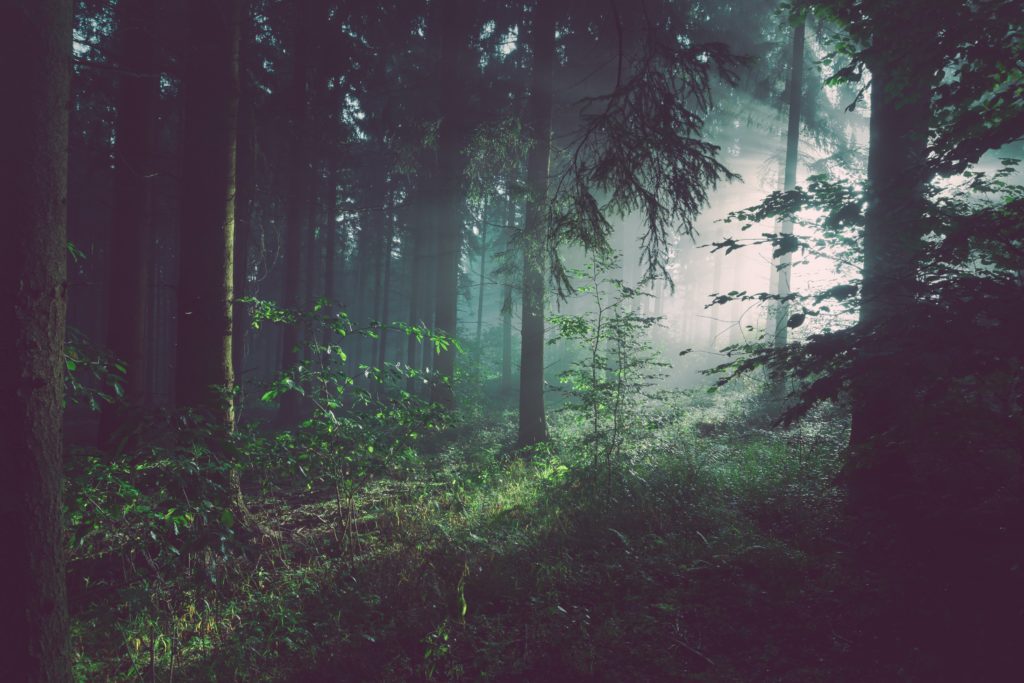The COVID-19 pandemic is not a break for nature – let’s make sure there is one after the crisis
In the midst of the COVID-19 pandemic, global media is reporting on a “silver lining” of the crisis: that nature is getting a break as people are forced to stay home. Penguins on the streets of Cape Town, a kangaroo roaming around Adelaide and a crab-eating fox exploring Bogotá suburbs are just a few examples. These stories are coupled with reports of clean air over Delhi, Seoul and even Los Angeles.
However, these reports give the misleading impression that Mother Earth stands to benefit from the restrictions on movement imposed on people around the world, especially in cities.
Unfortunately, outside urban areas, the situation is very different. In rural areas, there is less wealth and the main savings account for people is nature, with hunting, fishing and logging necessary to provide food and support livelihoods. People who moved to cities and have now lost their employment and income opportunities due to the quarantines are returning to their rural homes, further increasing the pressure on natural resources while also increasing the risk of COVID-19 transmission to rural areas.
At the same time, opportunistic actors and criminal groups involved in land-grabbing, deforestation, illegal mining and wildlife poaching are taking advantage of the fact that governments are focused on COVID-19 instead of on conservation. There are reports of increased deforestation in Asia, Africa and Latin America. Areas dependent on tourism to fund conservation – such as community conservancies in Kenya and iconic natural World Heritage Sites like the Galápagos, Ecuador and the Tubbataha Reef in the Philippines – are facing reduced resources as tourism has come to a halt. Meanwhile, illegal mining for gold and precious stones in Latin America and Africa is on the rise, as prices spike and protected areas are left unguarded.
These increased pressures on nature and rural areas are expected to persist until economies rebound and governments are able to refocus on conservation. This gives the false impression that the protection of nature is a secondary concern in controlling disease outbreaks like the current pandemic. However, the failure of protection may be the cause of this and future outbreaks. Land use change is a major driver of disease transmission from wildlife to people. Species threatened by exploitation and habitat loss are twice as likely to be sources of zoonotic disease compared to other threats. As the biologist Thomas Lovejoy noted, “This pandemic is the consequence of our persistent and excessive intrusion in nature and the vast illegal wildlife trade.”
- May 21, 2020
- No Comments
- 0








